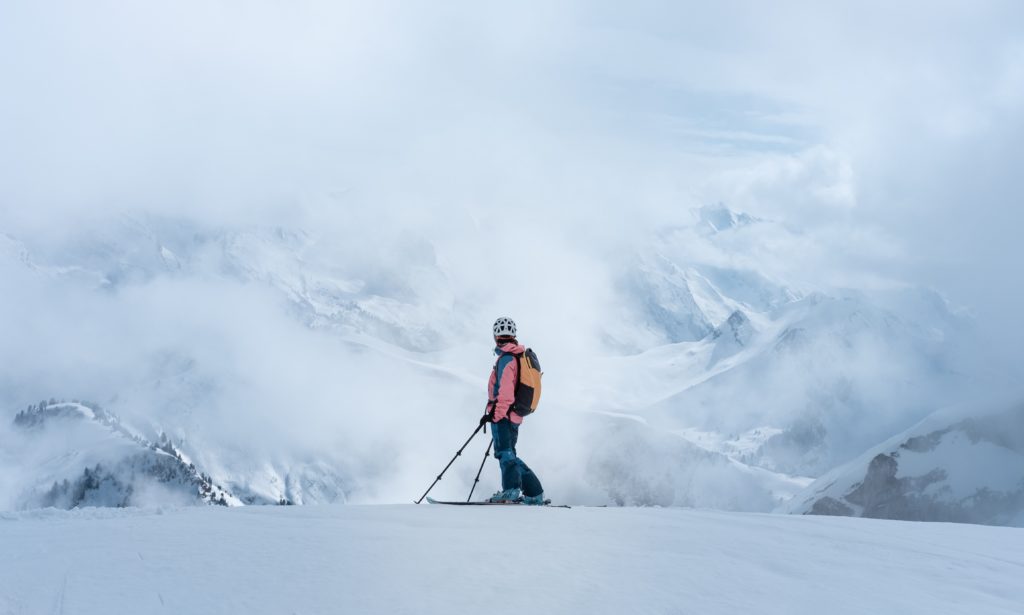Since the beginning of February, the best athletes from all over the world have been competing in the 24th Games of the Winter Olympics in Beijing, China. As I’m writing this, the U.S. is currently in third place of most gold medals, closely following Germany in second and Norway in first. However, whether you’re watching the winter events or not, there is a detail about the competition that we must all address. The 2022 Winter Olympics in Beijing are the first Winter Olympics to use 100% artificial snow.
Beijing doesn’t typically get a lot of snow, and it has quite a dry climate. The fact that this is the first time in history that the Winter Olympics are being held using only artificial snow is very significant. We’ve used fake snow in the past, but it was usually mixed with some if not mostly, real snow. However, artificial snow has become a necessity for winter sports due to increasingly warming temperatures. Beijing used over 100 snow generators and more than 49 million gallons of water to generate the snow.
Just creating this snow uses as much energy as half the consumption of an entire ski resort. Although China has committed to using renewable energy solutions to power the snow generators and is hoping to reuse the water once the snow melts (even though up to 40% of that water will evaporate), this snow still impacts the surrounding environment. It has been shown that artificial snow runoffs, especially in areas like Beijing, which generally do not experience this type of snowfall, lead to soil erosion and the destruction of local vegetation growing on the mountains.
The snow machines still require cold weather to operate, so if the Winter Olympics are held in an unseasonably warm city, then snow will have to be transported in from somewhere else. This already happened in the 2010 Winter Olympics in Vancouver, where snow had to be brought in using trucks and helicopters, releasing more emissions into the atmosphere. Furthermore, the artificial snow, although still just frozen water, molecularly acts differently than natural snow and instead is constructed more like ice rather than soft snow. This changes how sports equipment acts for the athletes; the ice makes it slicker and makes falls harder.
A study from the University of Waterloo estimates that from the 21 previous cities to have hosted the Winter Olympics, only 12 will have temperatures cold enough to have real snow at the Games by 2050. And that’s only if we meet the goals set by the Paris Agreement. This isn’t only affecting the Winter Olympics but also the future of winter sports in general. We may soon be looking at a future where ski resorts will have to import snow or heavily rely on artificial snow, making these already “elitist” sports even more inaccessible. Climate change is not only affecting ecosystems, food security, the very existence of various species of plants and animals, the safety of coastal cities; it is now also the reckoning of sports as we know it.
Also by Iga: How Mangrove Reforestation Is Key To Carbon Neutrality
Get more like this—Sign up for our daily inspirational newsletter for exclusive content!
____
Photo by Clement Delhaye on Unsplash





